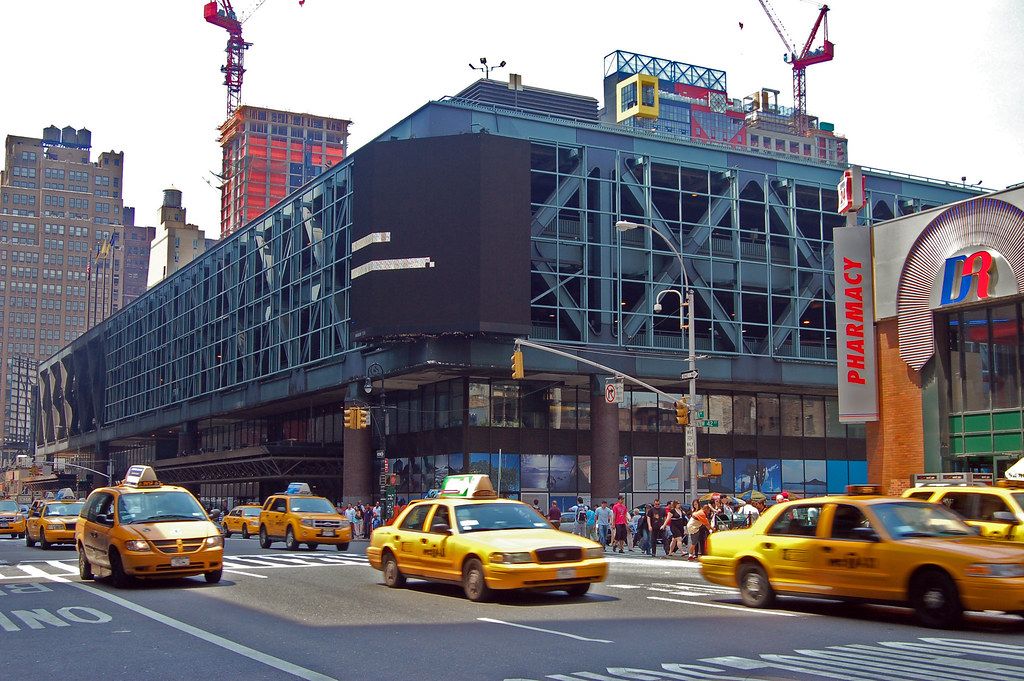The AAS Begins Charging for Break Shuttles, Expands Services
Shuttles to Logan Airport, Boston, and New York will now cost $15, $20, and $35, respectively. The revenue will allow the committee to increase the shuttles’ capacity and offer services at the beginning and end of summer break for the first time.

Beginning this March, The Association of Amherst Students (AAS) will charge students for the shuttles it organizes to Boston, New York City, and Bradley Airport during breaks.
Students will be charged $15 for a one-way trip to Bradley, $20 to Boston, and $35 to New York.
The fees will be used to cover half of the cost of chartering the shuttles, and the revenue will allow the AAS’ transportation committee to expand its offerings. Shuttles will have room to take 420 total students to the three locations, as opposed to the previous 365. They will also run at the beginning and end of summer break for the first time, said Taha Ahmad ’24, a member of the committee.
The change was discussed at the AAS’ Monday, Feb. 19 meeting and announced in a subsequent email to the student body. The spring break shuttles will run on Friday, March 15 and Saturday, March 16, with the exact times to be determined based on a survey attached to the email.
Some senators wondered why the AAS could not find a way to continue offering the services for free and raised concerns about the financial burden on students with financial need.
Ahmad said that, by charging half of the cost, the AAS was offering a better deal than is available at many peer institutions. He said that Mount Holyoke and Smith charge students the full cost of the shuttles they organize.
He added that the committee was in conversation with the administration to potentially cover tickets for students with financial need, noting that some students on financial aid already receive a transportation stipend.
“People on full financial need get a transportation stipend anyway, so one thing that could happen [later], ... is that [the cost] could be deducted from your stipend,” Ahmad said. For now, he said, students can simply use their stipends to cover the cost.
In the subsequent discussion, some senators debated how the proposed prices compared to those from private bus services.
Nathan Lee ’26 and Laith Bahlouli ’25 suggested that companies like OurBus offered service to New York at a comparable, if not lower, price. According to the website Wanderu, the cheapest bus tickets to New York and Boston on March 15 and March 16 cost $35.
AAS President Lori Alarcon ’24 said that the shuttle to Bradley was significantly cheaper than the typical price on Uber, which she said could be as high as $60.
She said that although the school doesn’t provide transportation stipends for all students on financial aid, the half-cost shuttles would still lighten the burden on students.
“This is better than nothing,” she said. “It’s a lot more affordable.”
From a more practical perspective, Ahmad also suggested that students who paid for tickets may be less likely to cancel, decreasing the strain on the senators organizing the shuttles, who in the past have had to manage a waitlist and deal with many last-minute cancellations.
“I doubt they’ll cancel when you lose 15 bucks,” Ahmad said.
In the future, the administration will handle these logistics, and charge students for the shuttles through their AC Dollars accounts, Ahmad said.
As for the shuttles at the end of the spring semester and beginning of the fall, Ahmad said that it may be possible to organize smaller shuttles to run more frequently to account for the fact that students leave and arrive over a longer period of time. More details will be announced later in the semester.





Comments ()